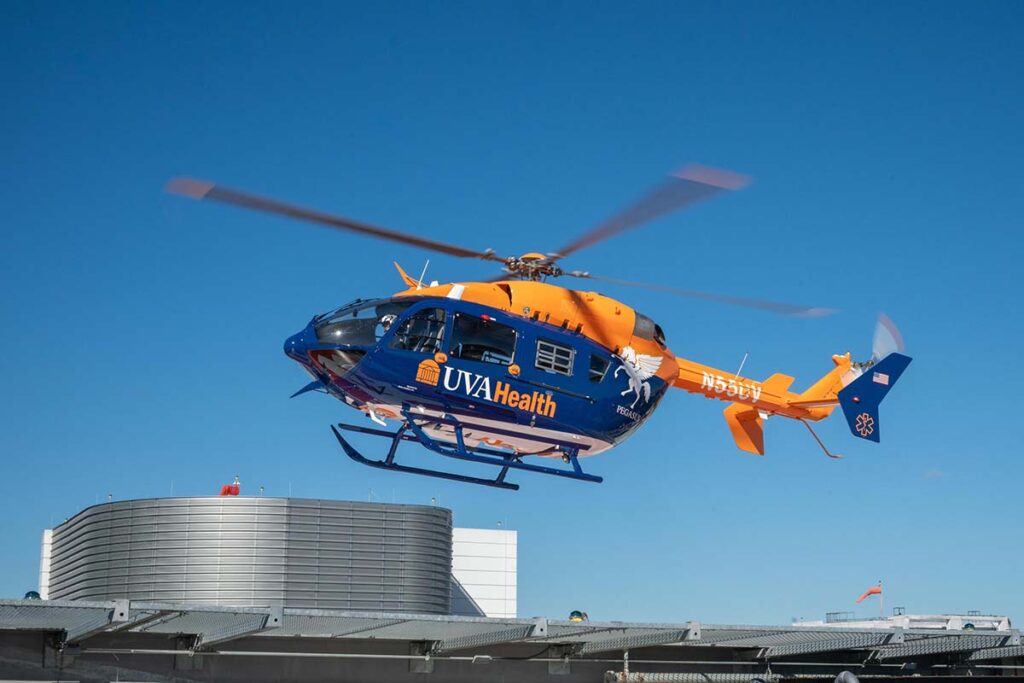When it comes to medical crises, few things can appear more unexpected than a stroke or brain aneurysm. But that’s only on the surface.
In fact, one study found that more than one in five strokes is preceded by small “mini-strokes” called TIAs.
But even in the other cases, you could be living with risk factors without knowing it, possibly for years. What seemed to come out of the blue could have been brewing for ages.
More importantly, the stroke or aneurysm might have been prevented.
Which is why knowing your risk is so important — and why taking potentially life-saving action is essential.
While strokes and brain aneurysms aren’t the same thing, they are related. Let’s look at both.
What Is a Stroke?
A stroke is an interruption of blood flow to the brain. Strokes can cause brain damage, leading to:
- Confusion and memory loss
- Severe weakening or paralysis on one side of the body
- Inability to speak
- Vision problems
- Death
There are two types of stroke. The first, ischemic, make up the great majority of all cases: 87 percent. They are caused when an artery is blocked or clogged, usually by a blood clot or buildup of fatty plaque. This blockage reduces crucial blood flow to the brain.
The clot may begin in the brain itself or the heart or neck arteries and then travel to the brain.
The second type, called hemorrhagic, or bleeding stroke, happens when a blood vessel that supplies the brain ruptures (breaks) and bleeds.
About 13% of all strokes are hemorrhagic.
CT scans and other tests can tell doctors which type of stroke a patient has had and help determine the best treatment.
Strokes can be treated in several ways, including brain surgery to remove clots and relieve pressure as well as medicines to dissolve the blood clot that caused the stroke. Ideally, the medication will be given within three hours but in some cases up to four and a half hours of symptoms appearing. Read more about stroke treatment.
Other medicines can help reduce brain swelling and protect the brain from lack of oxygen caused by the stroke.
What Is a Brain Aneurysm?
An aneurysm is a bulge in a weakened artery (blood vessel) wall. It’s caused by the constant pressure of blood flow on the weak area, which pushes it out, causing the bulge.
Aneurysms can happen in many places throughout the body, including the brain, where they are especially dangerous.
If a brain aneurysm doesn’t rupture, a person may not have any symptoms and the aneurysm may not be discovered. But if they are large enough, aneurysms can put pressure on nearby nerves or parts of the brain, causing headaches and vision problems, among other symptoms. Sometimes aneurysms are caught when you get imaging for another problem and they show up on the scan.
Studies show that 2-5 % of people in the U.S. are living with a brain aneurysm that hasn’t ruptured. Some, but not all of them are aware of it.
Read about brain aneurysm treatment.
Signs of a Ruptured Brain Aneurysm
If a brain aneurysm does burst, it can trigger a bleeding stroke.
When a brain aneurysm does rupture, the most common symptom is a sudden, severe headache, often so bad that people describe it as the worst they’ve ever had. That’s a sign to immediately get medical help, either by calling 911 or going to the emergency room.
Other symptoms can include seizures, double vision, stiff neck, eye pain, mental confusion, and loss of consciousness.
Risk Factors for Stroke & Brain Aneurysms
Many of the risk factors for stroke and brain aneurysms are the same. Addressing these lowers your risk for both conditions.
- High blood pressure (140/90 or above)
- Smoking
- Excessive alcohol consumption (which raises blood pressure)
- Illegal drugs (intravenous usage and cocaine)
- Family history of vascular disease
- Older age
Unique Risk Factors for Stroke
These factors increase your risk for stroke, but not brain aneurysms:
- Diabetes,
- High cholesterol
- Obesity
- Irregular heartbeat (atrial fibrillation)
Unique Risk Factors for Brain Aneurysm
These factors increase your risk for brain aneurysms, but not stroke:
- Close family history of brain aneurysms
- Polycystic kidney disease
- Connective tissue disorders like Ehlers Danlos
When Do You Need Screening or Genetic Counseling for Brain Aneurysms?
A family history and certain medical conditions put you at greater risk for brain aneurysms. In this post, a genetic counselor breaks down when to think about screening or genetic counseling.
Take Action to Prevent Strokes & Brain Aneurysms
There are many actions you can take to lower your risk of stroke and brain aneurysm.
Crucial is staying on top of your blood pressure, especially it it’s high or you have a family history of either condition.
As with many diseases, making smart lifestyle choices is also critical.
These include:
- Quitting or never starting smoking or taking drugs
- Eating a diet rich in lean protein, fruits, vegetables, and whole grains
- Cutting back on red meat and foods high in salt, sugar, and fat
- Exercising
- Limiting or eliminating alcohol use
It’s essential to talk to your doctor, especially in you have any of the risk factors listed above or a family history of stroke or brain aneurysm. In these cases, regular blood pressure checks are a must.
Your doctor may also prescribe medication to control your blood pressure. If so, be sure to take it exactly as prescribed.
Of course, nothing can ensure that you won’t ever suffer a stroke or brain aneurysm. But by taking action now, you can dramatically lower the risk.
You and your family will be glad you did.
